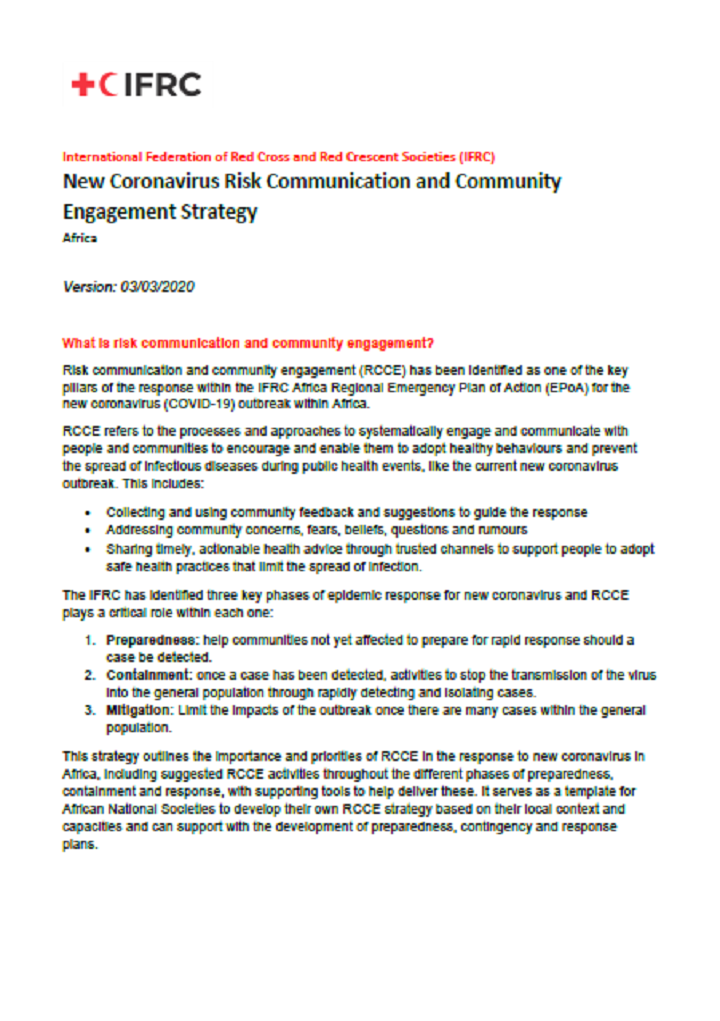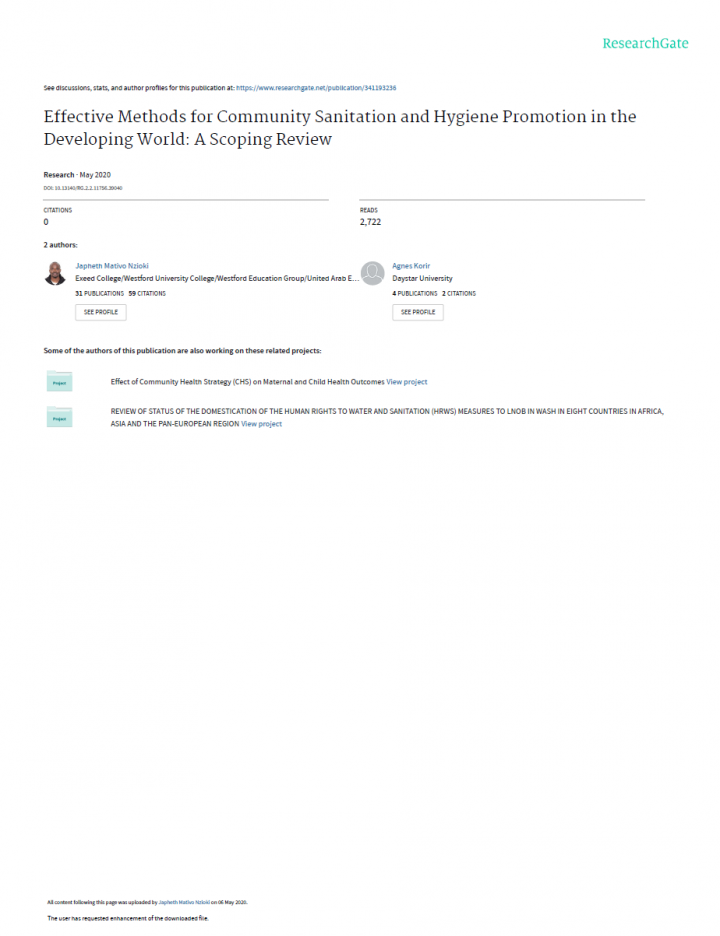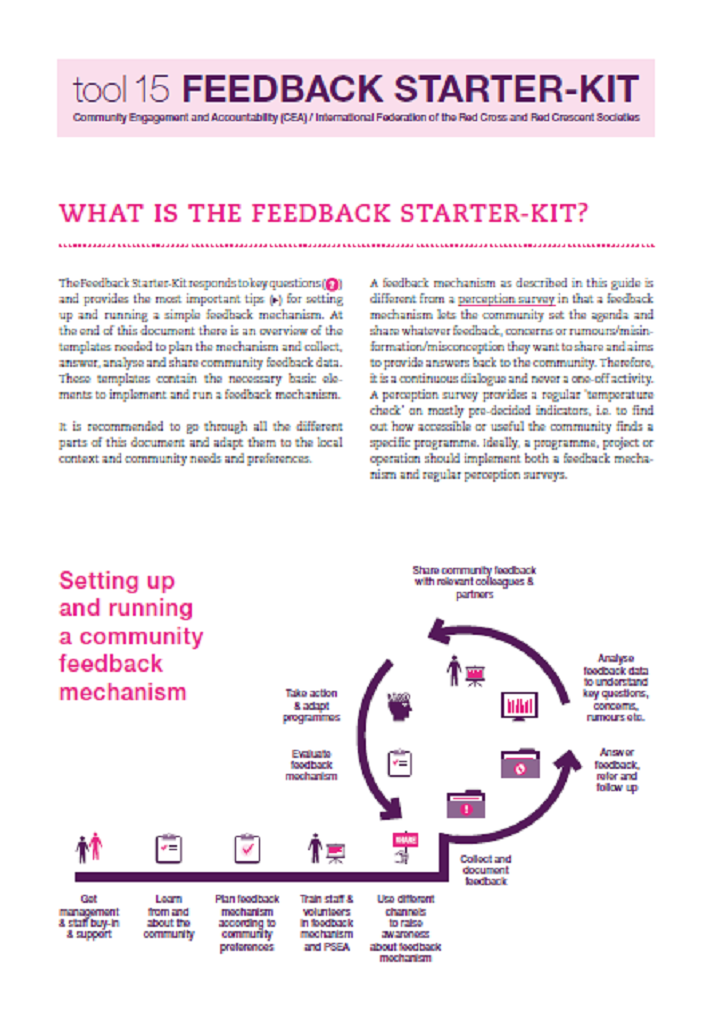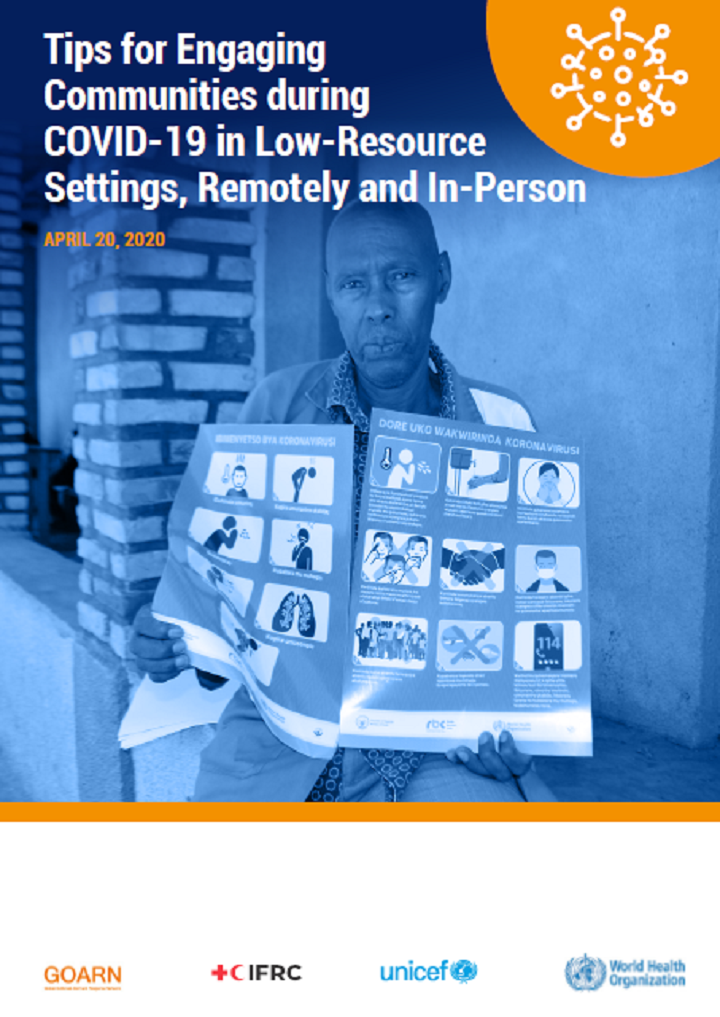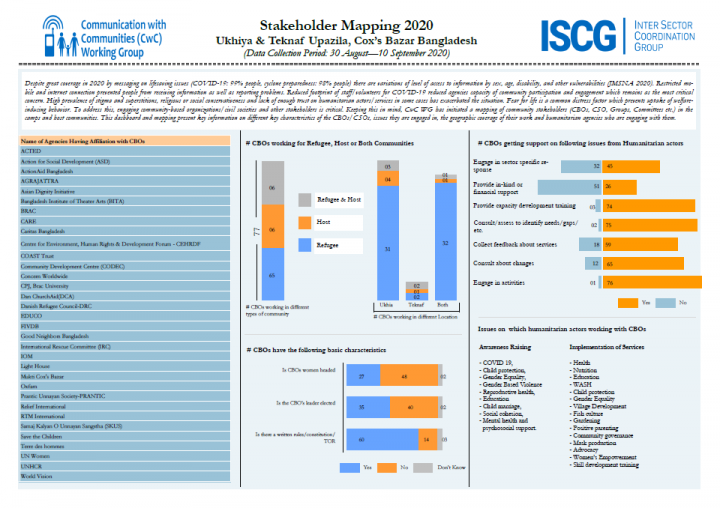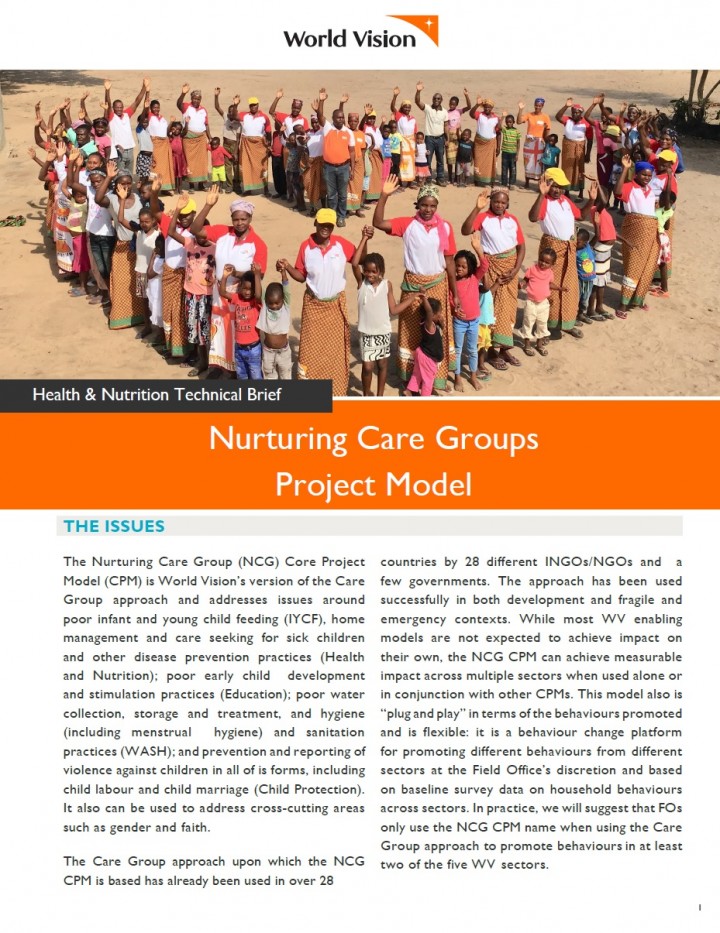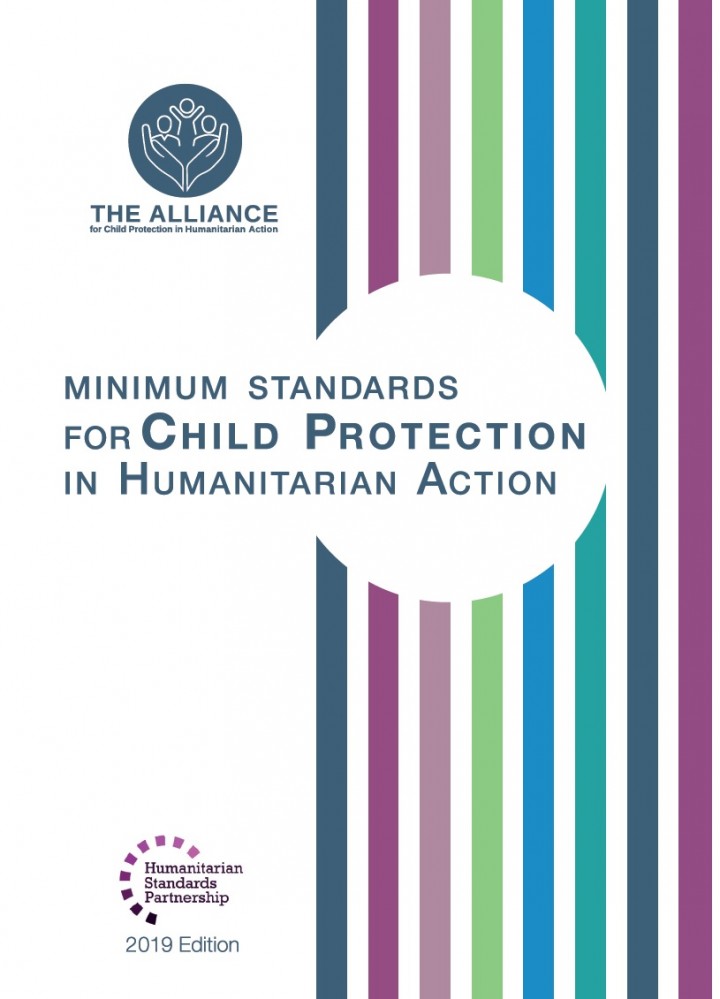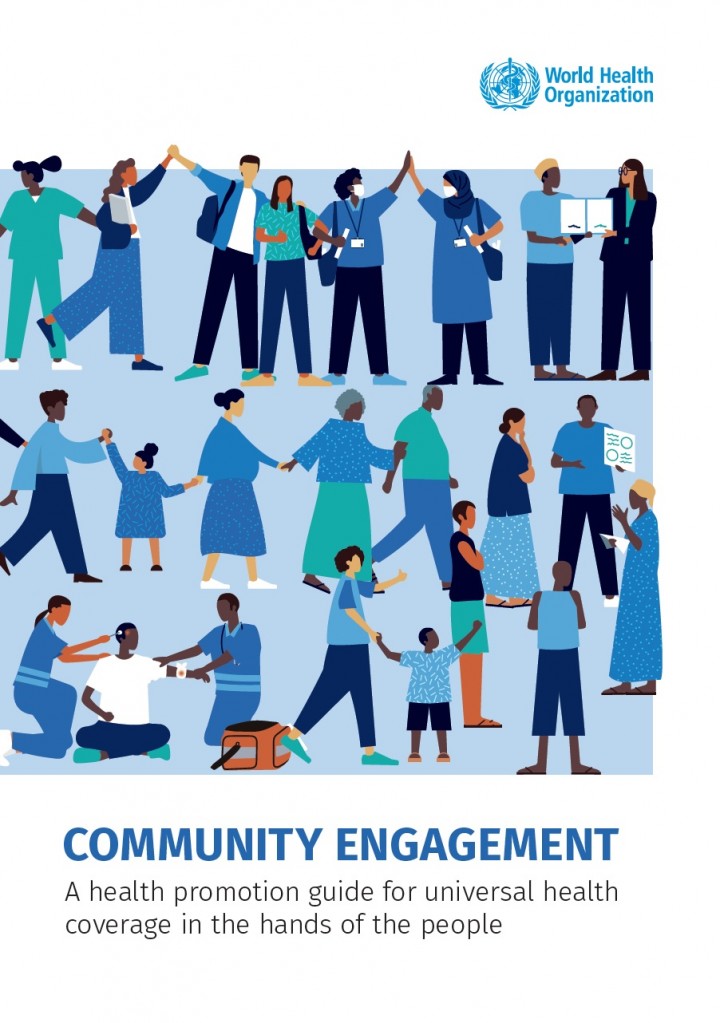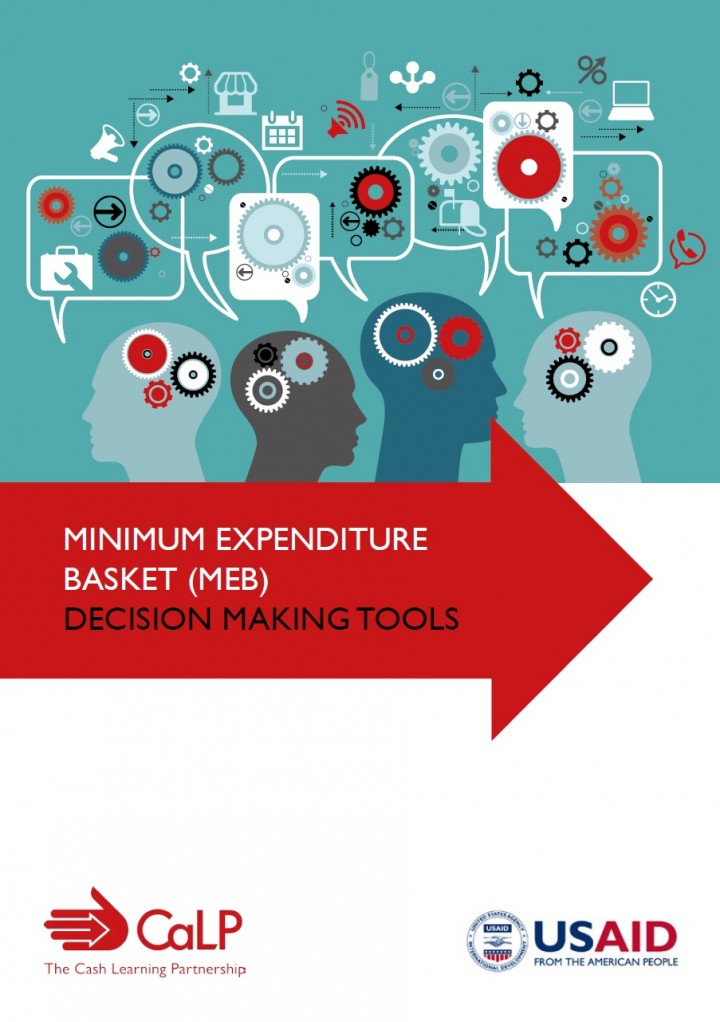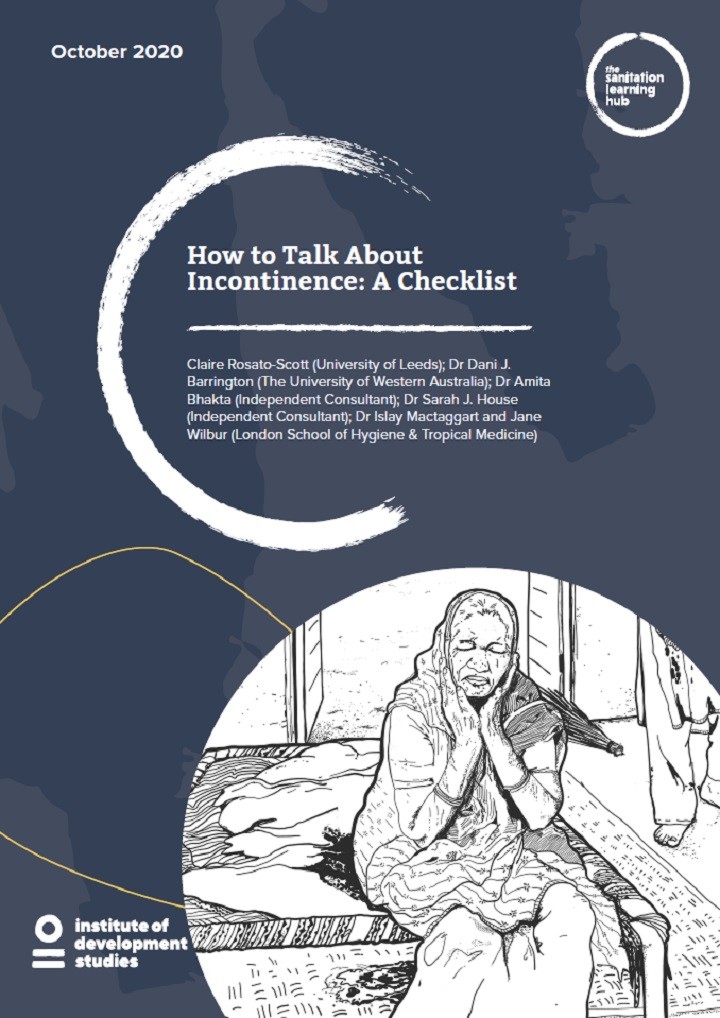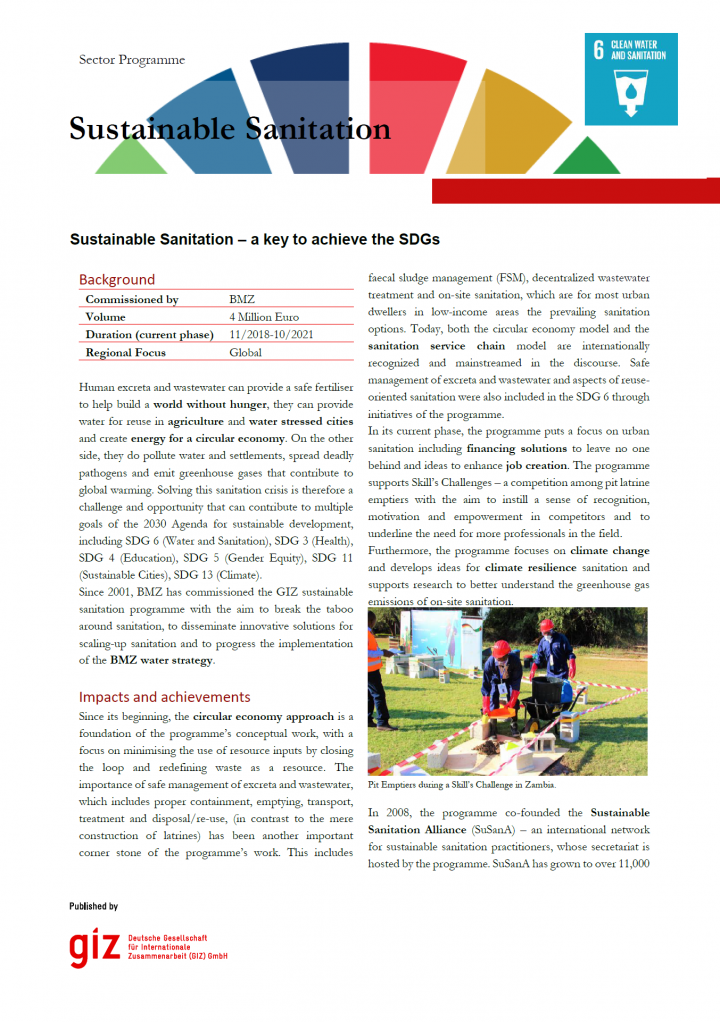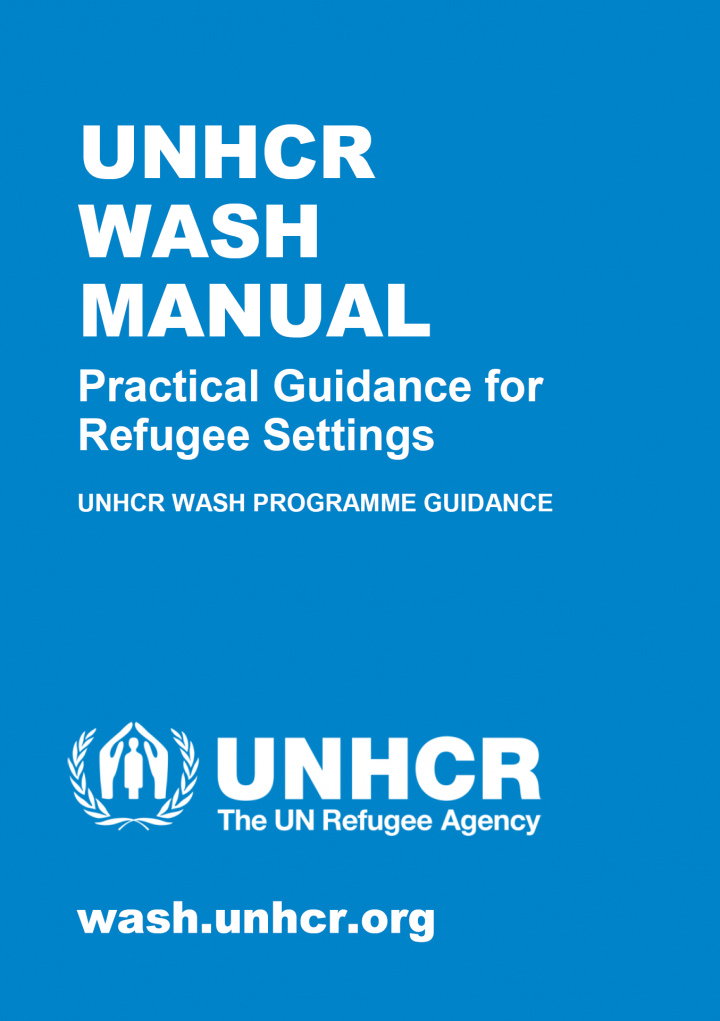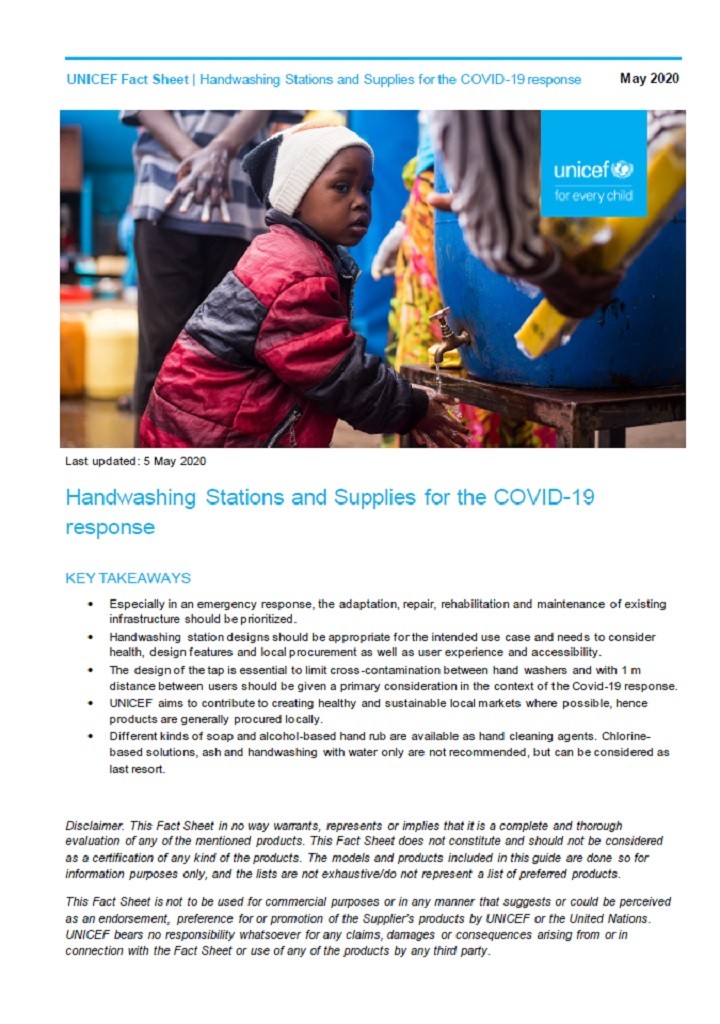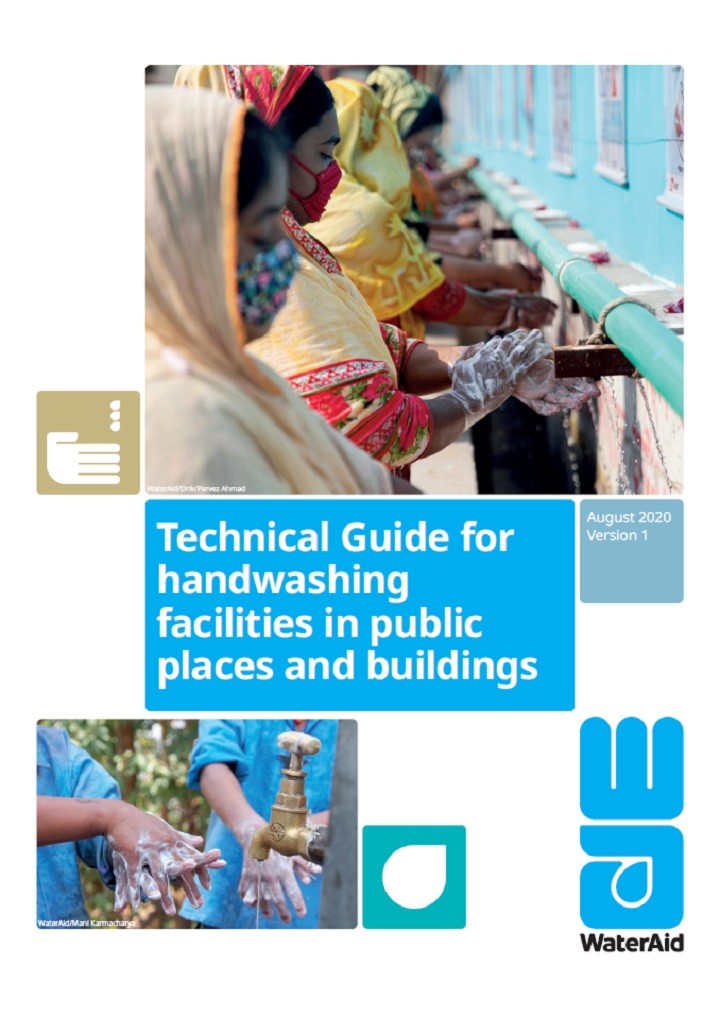Searching for information on Sanitation Workers?
The Sanitation Workers Knowledge + Learning Hub is the best source for all current news, trends, articles and updates on sanitation workers rights around the world.
The purpose of this risk communication and community engagement guide is to help you run a focus group discussion (FGD) with community members to find out the perceptions, questions, suggestions and rumours within the community about the new coronavirus. It is important the Red Cross and Red Crescent understands what people already know and think about the new coronavirus so we can adapt health …
The WG Short Set of six questions on functioning for use on national censuses and surveys was developed, tested and adopted by the Washington Group on Disability Statistics (WG). The questions reflect advances in the conceptualization of disability and use the World Health Organization’s International Classification of Functioning, Disability, and Health (ICF) as a conceptual framework.
In a …
World Health Organization data on the burden of disease shows that approximately 3.1% of deaths (1.7 million) and 3.7% (54.2 million) of disability-adjusted-life-years (DALYs) worldwide are attributable to unsafe water, sanitation and hygiene. In Africa and developing countries in South East Asia 4-8% of all disease burdens are attributable to poor hygiene and sanitation. Over 99.8% of all deaths …
This feedback starter-kit responds to key questions and provides the most important tips for setting up and running a simple feedback mechanism. The kit includes an overview of templates containing the necessary basic elements to implement and run a feedback mechanism. All tools can be found under the 'related resources' section of this page.
Background:
A cluster-Randomised Controlled Trial evaluation of the impact of the Community Health Clubs (CHCs) in the Community Based Environmental Health Promotion Programme in Rwanda in 2015 appeared to find little uptake of 7 hygiene indicators 1 year after the end of the intervention, and low impact on prevention of diarrhoea and stunting.
Methods:
Monitoring data was revisited through …
This was an interventional study carried out over a period of 5 days among 21 schoolchildren aged 12–18 years in their respective school premises. Participants were requested to rub their hands with an UV-sensitive fluorescent lotion and then wash them. Hands were air-dried and examined under UV rays for blue light emission in a dark room. Emission of blue light highlighted parts of hand where …
This brief provides key considerations for engaging communities on COVID-19 and tips for how to engage where there are movement restrictions and physical distancing measures in place, particularly in low-resource settings. It is designed for non-governmental organizations (NGOs), UN agencies, government agencies, and other humanitarian and implementing actors working on health promotion, risk …
Background: Hygiene promotion interventions are likely to be more effective if they target the determinants of handwashing behaviour. Synthesis of the evidence on the determinants of handwashing behaviour is needed to enable practitioners to use evidence in hygiene promotion programming.
Purpose: To identify, define and categorise the determinants of handwashing behaviour in domestic settings …
Despite great coverage in 2020 by messaging on lifesaving issues (COVID-19: 99% people, cyclone preparedness: 98% people) there are variations of level of access to information by sex, age, disability, and other vulnerabilities (JMSNA 2020). Restricted mobile and internet connection prevented people from receiving information as well as reporting problems. Reduced footprint of staff/volunteers …
This guide provides practical guidance for governments regarding how to effectively communicate with communities during the recovery phase following an emergency. It explains how to identify communication needs and presents best fit communication methods and strategies to deploy to support disaster recovery frameworks (DRF) and recovery strategies. For the purposes of this guide, recovery …
The Minimum Standards for Child Protection in Humanitarian Action (CPMS) have become one of the key resources for humanitarian workers since its launch in 2012.
The CPMS have been developed to support child protection work in humanitarian settings by: Establishing common principles between those working in child protection; Strengthening coordination between humanitarian actors; Improving the …
WHO has defined community engagement as “a process of developing relationships that enable stakeholders to work together to address health-related issues and promote well-being to achieve positive health impact and outcomes”. There are undeniable benefits to engaging communities in promoting health and wellbeing. At its core, community engagement enables changes in behaviour, environments, …
A Minimum Expenditure Basket (MEB) is a tool used by cash and vouchers assistance (CVA) actors to: support the calculation of the transfer amount of a multipurpose/multisectoral cash grant, contribute to better vulnerability analysis and monitoring, and improve collaboration. What makes an MEB unique and worthwhile is its binding power. When different agencies coordinate to jointly build an MEB …
Human excreta and wastewater can provide a safe fertiliser to help build a world without hunger, they can provide
water for reuse in agriculture and water stressed cities and create energy for a circular economy. On the other side, they do pollute water and settlements, spread deadly pathogens and emit greenhouse gases that contribute to global warming. Solving this sanitation crisis is …
There is an increasing awareness among humanitarian actors, including those within the Red Cross Red Crescent (RCRC) Movement, of the importance of improving environmental sustainability of programming and operations. Many are recognising that the deteriorating state of the environment can often be a trigger for crises and disasters. There is an urgent need to break the cycle between conflicts, …
Incontinence – the involuntary loss of urine or faeces – is a global health, protection and social care challenge that has a significant impact on the quality of life of people that experience the condition, and those who care for people that do. This issue of Frontiers of Sanitation aims to provide the water, sanitation and hygiene (WASH) sector with:
• A basic introduction to …
This guidance seeks to address key gaps with respect to the specific practicalities of managing menstrual materials. Displaced women and girls using disposable products face clear challenges figuring out how to get rid of them in their constrained contexts. And those using reusable materials must be able to wash, dry and store them hygienically between periods, similarly with limited privacy. To …
The UNHCR WASH Manual (7th Edition, February 2020) is the result of an open and collaborative process with WASH actors who have active programmes supporting refugees. It has been written primarily for use by UNHCR staff, WASH actors, national governmental authorities, emergency response coordinating bodies, contingency planners, programme evaluators, and is a useful reference for any individuals …
Handwashing with soap, when done correctly, is critical in the fight against COVID-19, but 3 billion people have no ready access to a place to wash their hands with soap at home. WHO released interim guidance on 1 April 2020, recommending to all Member States to make hand hygiene facilities in front of public and private commercial buildings as well as at all transport hubs obligatory. In …
In response to the COVID-19 pandemic, the World Health Organization (WHO) has recommended that all member states provide universal access to public handwashing facilities. Consequently, WaterAid and other organisations have been working with governments to install handwashing facilities in a wide range of public places and buildings, to support improved handwashing practices and reduce …

